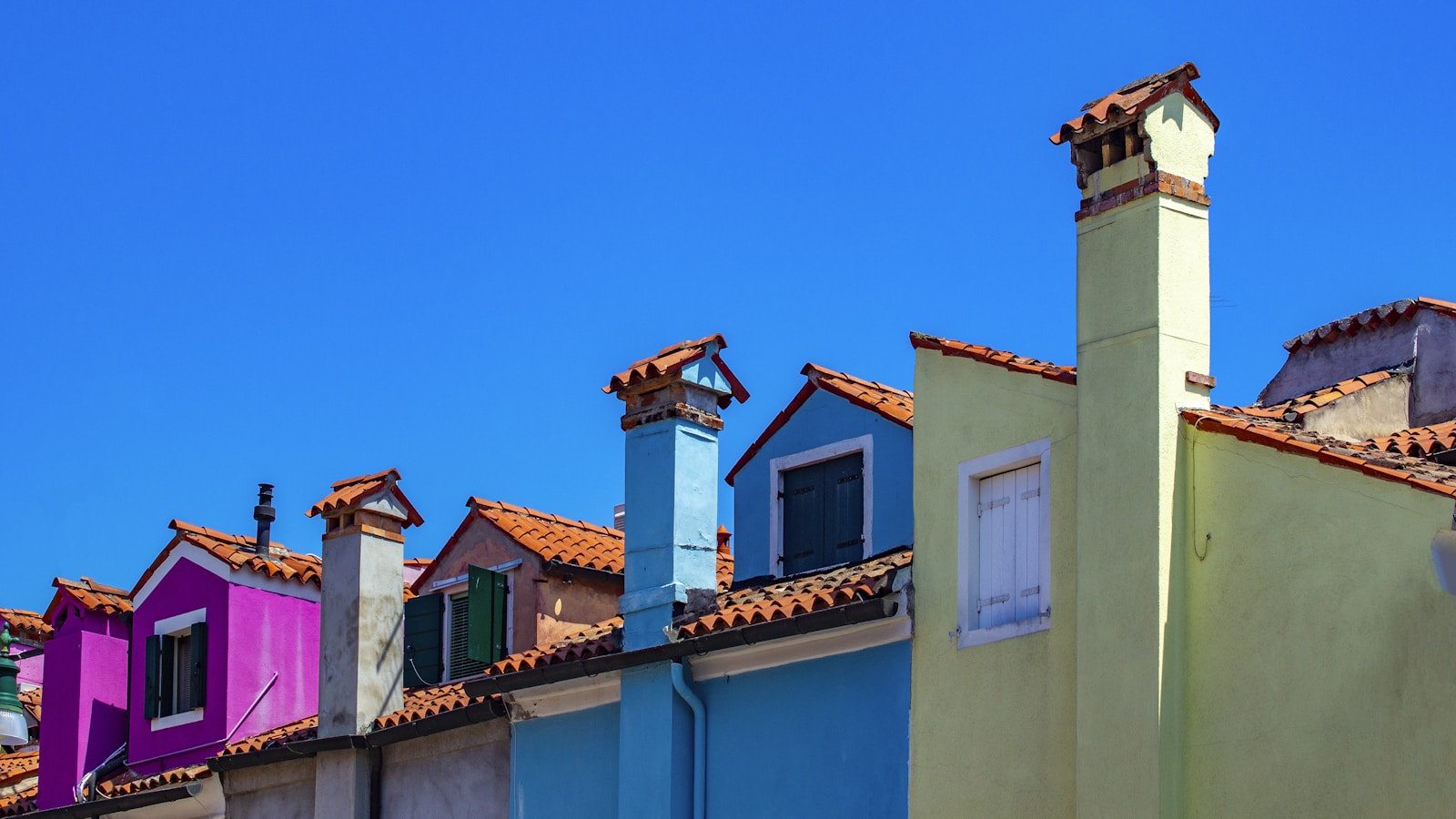
casa

house
'Casa' in Spanish means house. This is a building for human habitation, especially one that consists of a ground floor and one or more upper storeys.
Example sentences using: casa
La casa es roja.

The house is red.
This simple sentence demonstrates the use of the noun 'casa' meaning 'house', and describes its color. The verb 'es' means 'is', used for description permanently (in this case, the house’s color, as it doesn’t usually change).
Voy a la casa.

I'm going to the house.
This sentence uses the verb 'voy' (First person singular form of 'ir' which means ‘to go’), along with using the word 'casa' to illustrate the action of going to the house.
La casa de Maria es grande.

Maria's house is big.
The phrase 'de Maria' translates to 'of Maria' although, when speaking about possession in English, this would translate more accurately as 'Maria's'.
Esta es la casa donde naci.

This is the house where I was born.
In this phrase, 'esta' means 'this’, and 'donde' is translated to 'where'.
Estamos limpiando la casa.

We are cleaning the house.
This sentence uses the verb 'limpiando' (the present participle of 'limpiar') which means ‘cleaning’, along with plurals (‘we/estamos’). The word ‘la’ operates on artifact word ‘casa’ equivalent to the English article ‘the’.
También fuí a su casa ayer.

I also went to his house yesterday.
'También' translates to 'also' and 'ayer' is 'yesterday’. The past verb ‘fui’ means ‘went’, providing the past action.
Las flores alrededor de la casa son hermosas.

The flowers around the house are beautiful.
The words 'alrededor de' translate to 'around' in this context and 'hermosas' is the feminine plural form of 'beautiful'.
El tiempo en casa siempre es bonito.

The time at home is always nice.
Shows an emotional expression about the time spent at home. Here ‘El tiempo’ means ‘the time’ and 'siempre' translates to 'always'.
La ventana de la casa está abierta.

The window of the house is open.
This uses words involving states ‘abierta’ meaning open which usually follow the verb ‘estar’– in this case ‘está’, the third person of ‘estar’.
Mi casa es tu casa.

My house is your house.
A commonly used expression in Spanish, literally translating to mean 'my house is your house'. This conveys the equivalent English expression 'make yourself at home'.